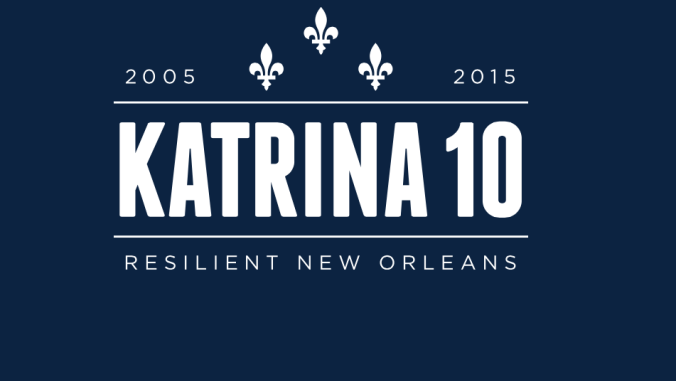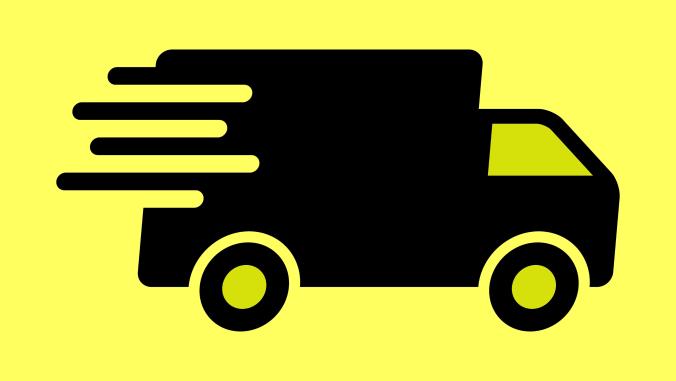Mapping supply chains with megaretailer Marks & Spencer
How can technology help boost transparency within sprawling global supply chains?

Out of sight, out of mind doesn't cut it anymore for multinational corporations with networks of suppliers stretching around the world.
As U.K. retailer Marks & Spencer (M&S) demonstrated this month, even businesses with good reputations in the realm of sustainability are under pressure from activists, NGOs, investors and consumers to increase transparency for often opaque supply chains.
One potential answer: bringing supply chains to life through interactive online mapping technology.
"What’s become clear now is demand for a greater amount of information," Adam Elman, head of global delivery for the retailer's 2020 "Plan A" sustainability goals, told GreenBiz. "The challenge isn’t so much getting the data; it’s how we represent the data."
M&S unveiled its new supplier map alongside the company's first human rights report last week as part of a 2016 update on progress toward 2020 corporate targets. A total of 1,231 factories in 53 countries are visualized on the global map, with the capability to zoom in on individual facilities and see the address of the factory, number of workers on site and the gender of those workers.

The two industries covered in the mapping tool, food and garment production, are prime examples of an escalation in advocacy efforts and consumer education campaigns related to supply chains.
Research and reports from groups such as Oxfam and Amnesty International are written to raise red flags. Documentaries including 2015's "The True Cost" have captured the human toll of omnipresent consumer goods, or in that case, fast fashion. Supply chain-focused groups such as Fashion Revolution have been formed to keep the pressure on.
More broadly, increasingly visible supply chain risks — labor disasters, geopolitical conflict, raw materials shortages — illustrate how globalization has started to become a double-edged sword for businesses that have benefited from lower production costs and lax regulation after outsourcing manufacturing operations.
Even notorious corporate villains such as the Koch Brothers have been compelled to start making bare minimum supply chain disclosures due to changing requirements in more regulated jurisdictions. At the federal level in the U.S., too, regulators have stepped up disclosure requirements for conflict minerals and floated more wide-reaching human rights protections for supply chain workers.
For companies going beyond basic regulatory compliance, better use of data and technology are increasingly front and center.
Mapping tools are one example of a slew of supply chain technologies being deployed to gain visibility into convoluted supply chains. Other areas of focus include crowdsourcing factory worker complaints via mobile phones and tracking technologies that purport to verify the path that goods such as food or jewels travel from source to shelf.
Transparency as corporate strategy
One practical key to increasing the emphasis on transparency at M&S has been making better use of information that the company already collects in the course of normal business operations.
"It has to go within the grain of the business," Elman said. "We work with the systems we’ve got and the data we’ve got. It just becomes business as usual."
The underlying data for the new supplier map, for instance, comes from existing supplier-reported data and audits. Although some third party groups question the reliability of often self-reported supplier information, M&S notes that it will look to update data on the map every six months.
What data is included in the map also could change, because the tool as is doesn't include more detailed and localized information, such as past environmental or social issues reported at a given site.
"We’ve got lots of ideas, and we’ll be receiving feedback," Elman said.
He added that the company is also experimenting with ways to better tailor its other reporting for different audiences. Rather than rely exclusively on long, text-based documents, M&S incorporates elements such as infographics and videos in posts on social media and elsewhere.
"It really depends on who the stakeholder is," Elman said. "Everything we do, we try to make in a way that if you’re an NGO you can pick it up and read it, or if you're a consumer you can read it."





